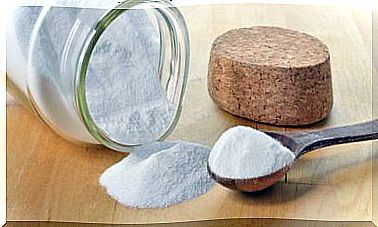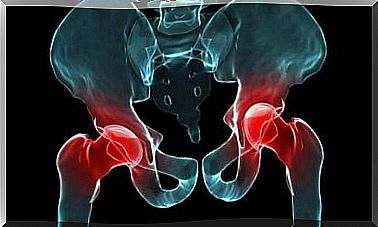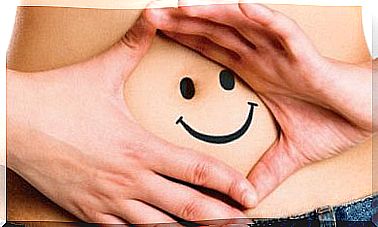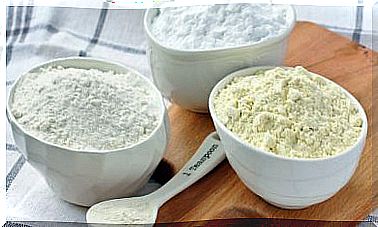Dissociated Diet, What Does It Consist Of?
The dissociated diet is an eating model that has existed since the beginning of the 20th century. For many years it caught the interest of people, since it seemed to be an interesting plan to lose weight. However, after being investigated, its benefits were questioned and it was determined that it can have negative health effects.
For this reason, it is currently classified as one of the popular “miracle diets” that, as it does not have scientific support, can represent a risk for those who decide to adopt it. What does it consist of? Why can it be harmful? In the next space we address it.
What is dissociated diet?
The dissociated diet proposes an eating plan in which certain groups of nutrients, such as carbohydrates and proteins, cannot be mixed. His belief is that the body has difficulty processing these macronutrients at the same time and, therefore, it is necessary to separate them.
Due to this, it is a program little accepted by nutritionists and experts, since it is not varied and can produce harmful effects on the body, in the medium and long term. In addition, it restricts the intake of foods that are considered healthy, such as dairy and legumes, which can cause nutritional deficiencies.
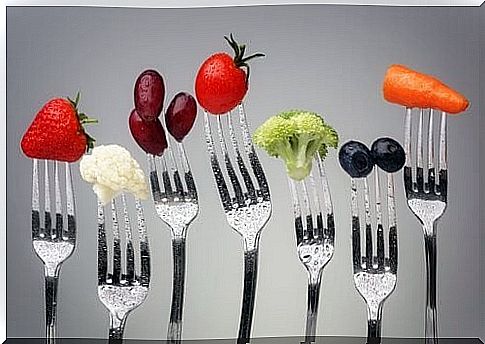
Classification of foods in the dissociated diet
The foods in the dissociated diet are classified into three groups that should not be mixed with each other. In some variants, the fact of mixing the first two groups with foods from the neutral group is accepted.
- Carbohydrates: are those foods with a high percentage of carbohydrates (cereals, legumes, flours and pasta, starches such as potatoes, or pastries in general).
- Proteins: corresponds to those with a high percentage of proteins, such as meat, fish, shellfish, eggs and dairy; sometimes even nuts are included in this group (although in these foods fat predominates much more).
- Neutral foods: in this group we would find vegetables and vegetables, vegetable fats and oils.
According to the precepts of this diet, one of the food groups can be consumed every day, as long as they are not mixed with another in the same meal. Therefore, in some plans it is accepted to eat a certain group at each main meal. However, it generally suggests not eating carbohydrates in your diet.
The explanation for all this is that if the food groups are eaten in combination, they theoretically turn into fat and lead to weight gain. However, these claims are not supported by scientific evidence and, in fact, have been disproved.
What does the research say?
Studies on the dissociated diet show that separating food by nutrient group does not provide any health benefits. For example, research published through the International Journal of Obesity , concluded that the dissociated diet did not produce any additional loss of weight and body fat.
To carry out the study, the researchers divided the sample into two parts: one party received food separated by nutrients, and the other party received food with their nutrients mixed in.
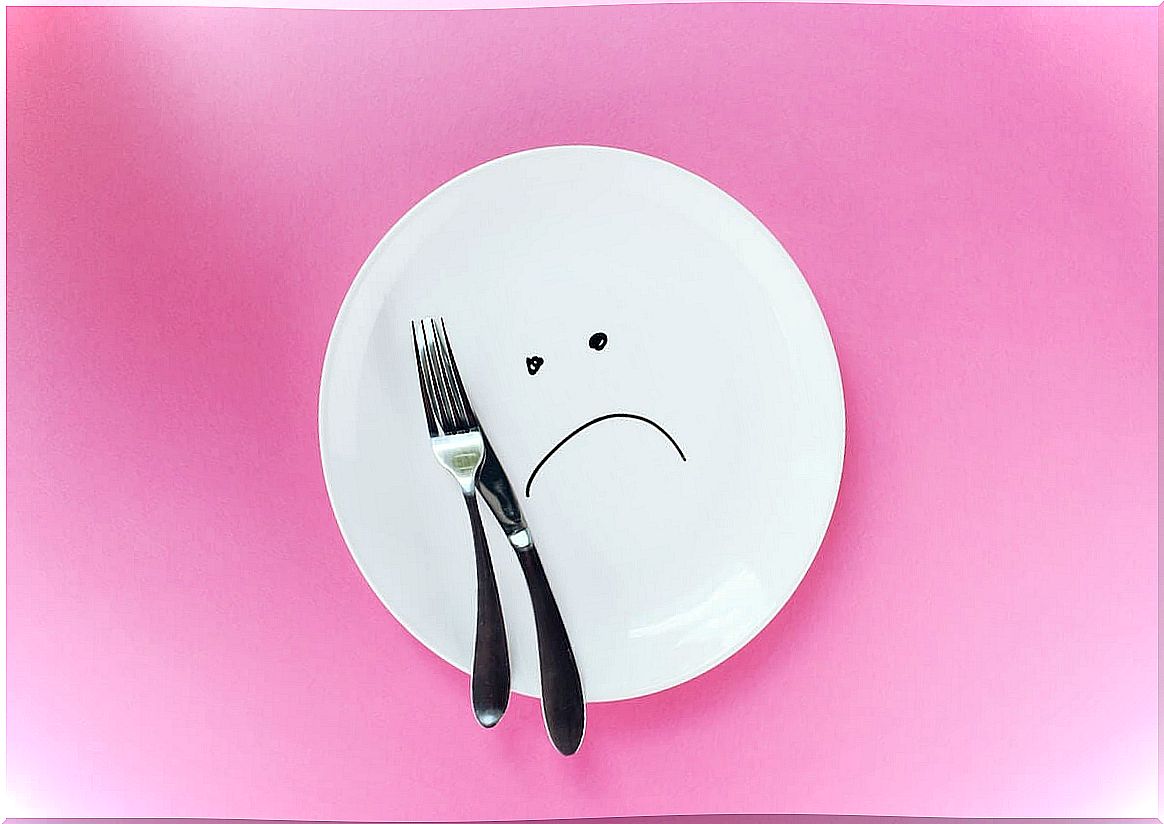
Why can this diet work?
Despite what has been said in the research, there are those who defend the diet because they have found positive results when it comes to doing it. Why can it work?
Basically because it encourages a high consumption of fruits and vegetables, which are foods rich in nutrients and low in calories. In addition, it proposes to eliminate sources of sugars and unhealthy fats, which are the cause of overweight and obesity.
However, do not ignore the fact that it is restrictive and does not take into account the needs of each person. In addition, it lacks medical control and can cause side effects such as fatigue, rebound and nutritional deficiencies.
Therefore, it is still a diet that is not recommended and, therefore, it is better to avoid it. Instead, it is convenient to go to the nutritionist and obtain a complete and balanced diet plan, according to individual requirements.
